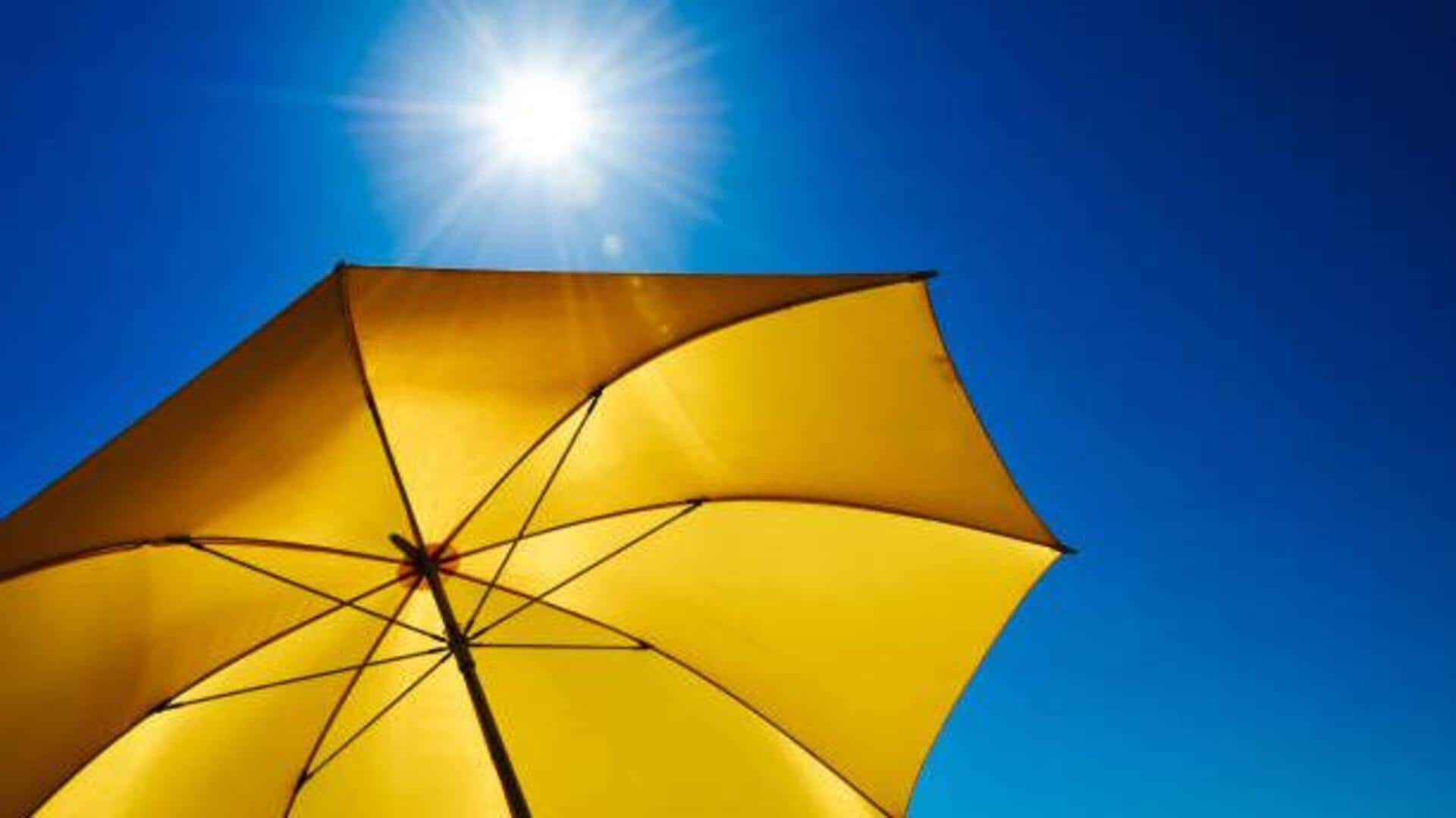
Morning sun and sunburn: Myth v/s facts
What's the story
Most of us believe that morning sun is harmless and cannot cause sunburn. Well, that understanding is far from correct. Knowing the science behind UV radiation and its effect on the skin can help you make the right decision when it comes to sun protection. Here's why morning sunburn is a myth and smarter ways to protect your skin from harmful UV rays all day long.
UV rays
Understanding UV radiation
Ultraviolet (UV) radiation from the sun reaches the earth in 2 main forms - UVA and UVB rays. Although both cause skin damage, they differ in their intensity and impact. While UVA rays are available throughout the day, penetrating deep into the skin, UVB rays are more intense around midday but can still cause harm during morning hours. Meaning even early sunlight can contribute to skin damage if proper precautions aren't taken.
Cloud impact
The role of cloud cover
Many people think that cloudy skies protect them from sunburn, but that is not entirely true. Clouds may block some sunlight, but as much as 80% of UV rays can still pass through them. Meaning, even on overcast mornings, your skin is still susceptible to damage from these invisible rays. Depending solely on cloud cover for protection can leave you with unexpected sunburns.
Sunscreen use
Importance of sunscreen application
Applying sunscreen should be a daily habit, regardless of the time or weather conditions. A broad-spectrum sunscreen with an SPF of at least 30 offers effective protection against both UVA and UVB rays. It should be applied generously on all exposed areas of the body at least fifteen minutes before going outside, and reapplied every two hours, or after swimming or sweating.
Clothing tips
Protective clothing choices
Wearing protective clothing gives an added layer of protection from harmful UV exposure in the morning as well as during the day. Choose long-sleeved shirts, wide-brimmed hats, and sunglasses with UV protection when outdoors. Fabrics with a tight weave offer better shielding than loosely woven ones.
Shade strategy
Seeking shade strategically
While seeking shade may sound like an obvious fix during peak sunlight hours, it's equally important in mornings. Spending hours outdoors without proper cover could lead to cumulative exposure. This exposure could eventually tilt towards possible burns over time if unchecked by other protective measures. Such measures include sunscreen application or appropriate attire choices mentioned earlier within this article's context itself, too!